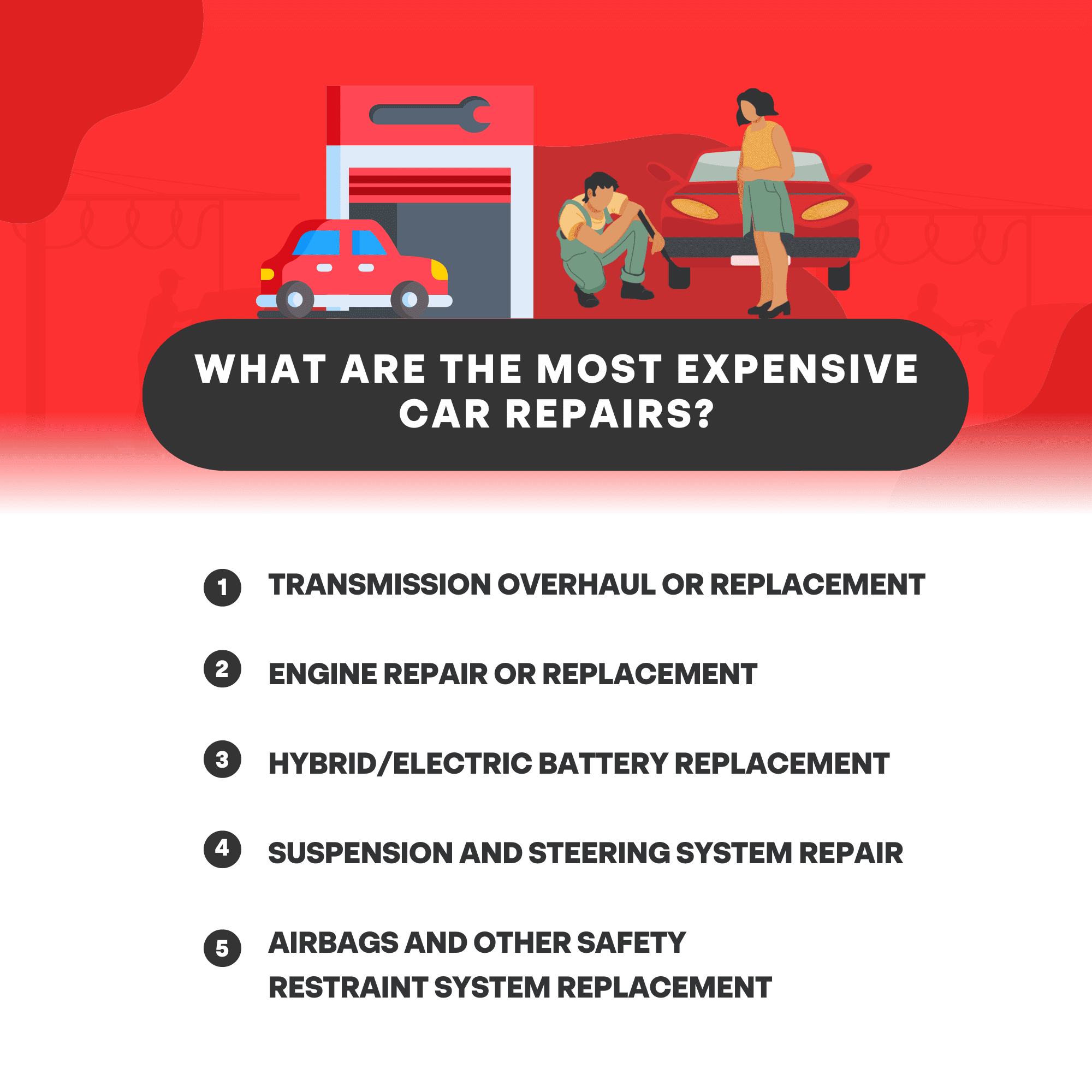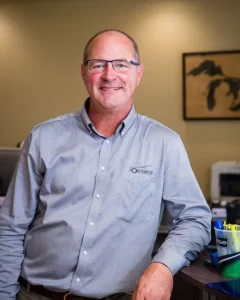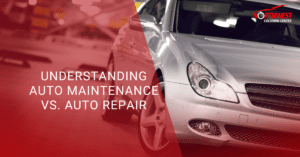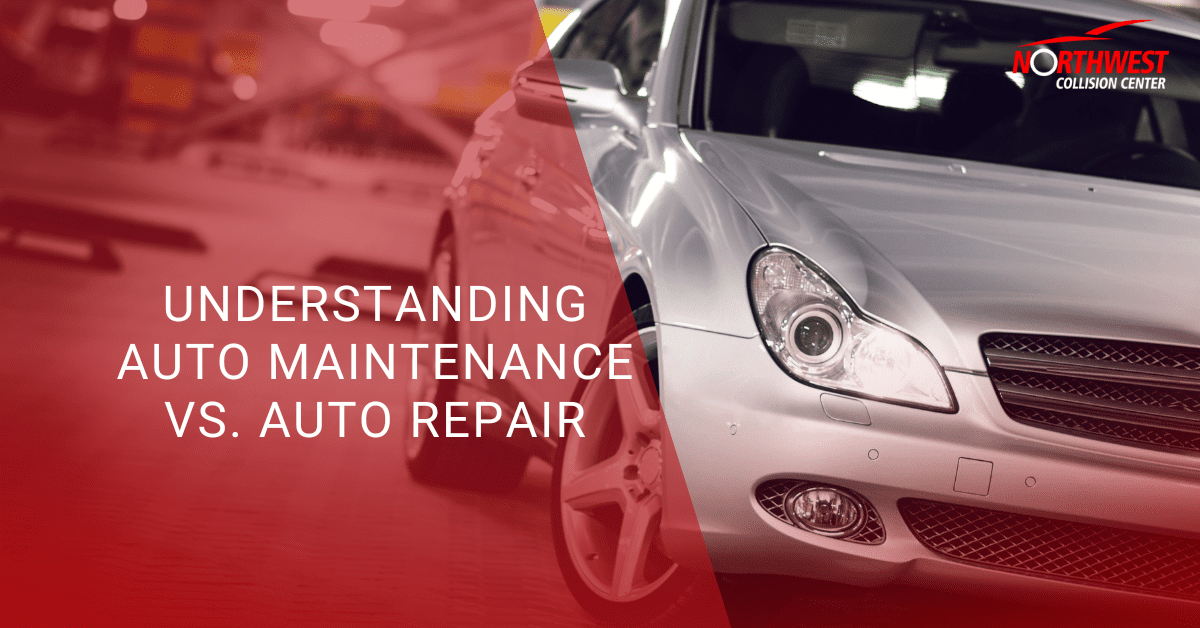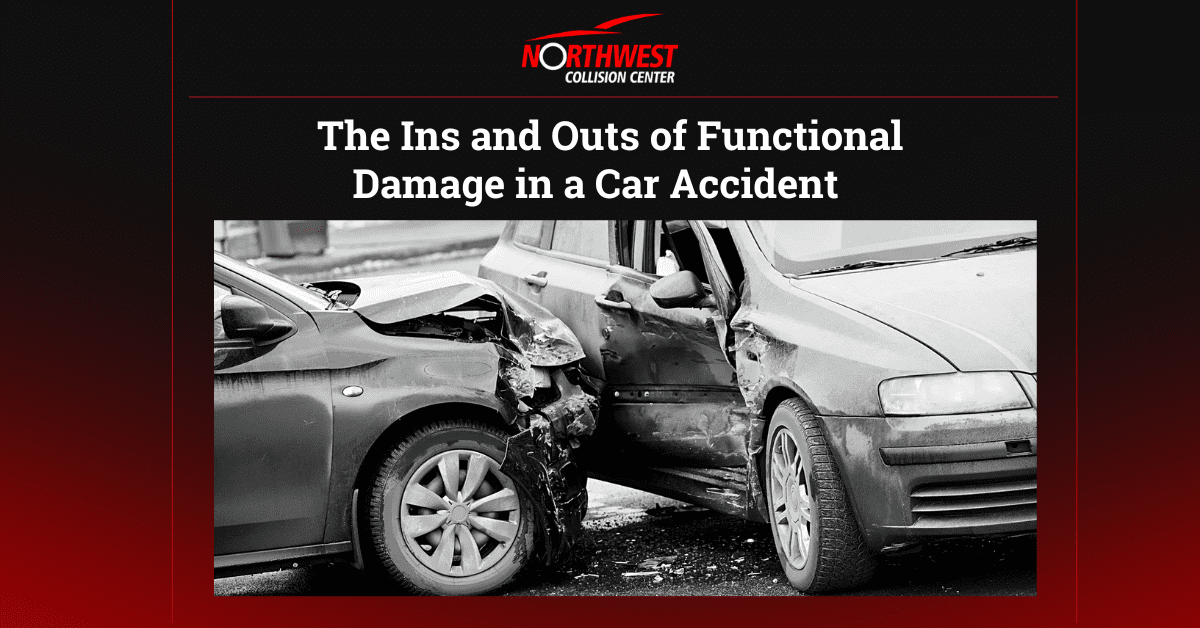Whether it’s a minor fender bender or a major accident, dealing with vehicle damage can be a stressful experience. A reliable auto body shop is crucial in times when your car needs repairs. But have you ever wondered what happens behind the scenes in an auto body repair process?
The auto body repair process is a series of steps taken to restore a damaged vehicle to its pre-accident condition. It involves various tasks, from assessing the damage to performing the necessary repairs. While the specifics may vary depending on the severity of the damage and the auto body shop’s capabilities, the overall process remains largely the same.
Steps in the Auto Body Repair Process
1. Vehicle Drop-Off
The first step in the auto body repair process is vehicle drop-off. Once you’ve chosen a reputable auto body shop and arranged for the repairs, you’ll bring your damaged vehicle to the shop. During this stage, the technician will inspect the vehicle and assess the extent of damage to determine the necessary repairs.
2. Insurance Claims
If you’re filing an insurance claim for the repairs, this is the time to notify your insurance company. An adjuster will evaluate and determine the coverage, with the auto body shop working closely with the insurance company to provide an accurate estimate of the repair costs and get the necessary approvals.
3. Damage Assessment
Once the auto body shop receives the green light from the insurance company, the technician will conduct a more detailed damage assessment. This step involves closely examining the visible damage and, in some cases, disassembling the affected parts to uncover any hidden issues. The information gathered during the assessment will serve as the basis for creating a comprehensive repair plan.
4. Ordering Parts
If the assessment reveals the need for replacement parts, the auto body shop will begin the process of ordering them. Depending on the availability of the parts, this may take some time. In other cases, the auto body shop may need to work closely with specialized suppliers to source the required components.
5. Repair Plan
Using the information gathered during the damage assessment, the technician will create a detailed repair plan. This plan outlines the specific steps and procedures required to restore the vehicle. In complex cases, the auto body shop may also create a timeline for the repairs, updating you regularly on the project’s progress.
6. Insurance Approval
Before the auto body shop repair process starts, they need to secure the necessary insurance approval. The process depends on the insurance provider but in most cases, the shop will submit the repair plan and any requested documentation. Once the approval is granted, the shop can proceed with the repairs.
7. Vehicle Disassembly
If the damage is significant, the auto body shop may need to perform vehicle disassembly to gain better access to the affected areas. During this stage, the damaged parts are carefully removed, and further assessment is conducted to identify any additional hidden damage that may have been missed during the initial inspection.
8. Structural Repair
When the vehicle’s frame or structure is damaged, it requires specialized attention known as structural repair. Skilled technicians, using advanced equipment, will carefully reshape and realign the damaged framework to restore its original form. This will help ensure safety and good performance of the repaired vehicle.
9. Bodywork
With the underlying structure restored, the focus of the auto body repair process shifts to the bodywork. Skilled technicians will use a combination of techniques, including welding, dent repair, and panel replacement, to address the visible damage. Their goal is to bring the vehicle back to its pre-accident appearance.
10. Paint Preparation
Before applying paint, the vehicle’s surface must undergo meticulous preparation. This step in the auto body repair process involves cleaning the damaged area and surrounding panels, removing any old paint or coatings, and smoothing out imperfections. The success of the paint job depends on the quality of this preparation.
11. Painting and Refinishing
The painting and refinishing process is a delicate and precise task. The auto body shop will use specialized equipment to match the vehicle’s original color and apply the paint in a controlled environment to achieve a seamless finish. A clear coat is applied to make the newly-painted surface shine.
12. Reassembly
Once the paint has dried, the auto body shop can begin the reassembly process. All the repaired and replaced parts are carefully installed and aligned to ensure a proper fit. In addition, other vehicle components, such as lights and trim, are also reattached during this stage.
13. Quality Control
The collision repair process is nearing its end, but before you can drive your vehicle out of the shop, it must undergo rigorous quality control checks. These checks are done to ensure that all the repairs have been successfully completed and meet the high standards set by the auto body shop. Any necessary adjustments or corrections are made during this stage.
14. Final Inspection
Once the quality control checks are finished, a final inspection is conducted. This inspection verifies that all the repairs have been successfully carried out, and the vehicle is in its pre-accident condition. It has to pass final inspection befre it can be released.
15. Vehicle Pickup
The last step in the auto body repair process is the exciting moment of vehicle pickup. After what may have been a challenging period without your car, you can now reclaim it from the shop. The auto body shop will explain the work that has been done and address any concerns you may have. Allot adequate time for a thorough inspection before driving off.
Key Takeaway
Now that you have a better understanding of the auto body repair process, you can approach it with more confidence. Remember, each repair is unique, and some steps may vary depending on the circumstances.
However, the core process remains the same: vehicle drop-off, insurance claims (if applicable), damage assessment, ordering parts (if needed), repair plan, insurance approval, vehicle disassembly (in some cases), structural repair, bodywork, paint preparation, painting and refinishing, reassembly, quality control, final inspection, vehicle pickup.
Get a Seamless Auto Body Repair Process With Northwest Collision Center!
When it comes to expert auto body repair in Largo, FL, you can trust Northwest Collision Center to get the job done right. Contact us for a seamless repair process!
